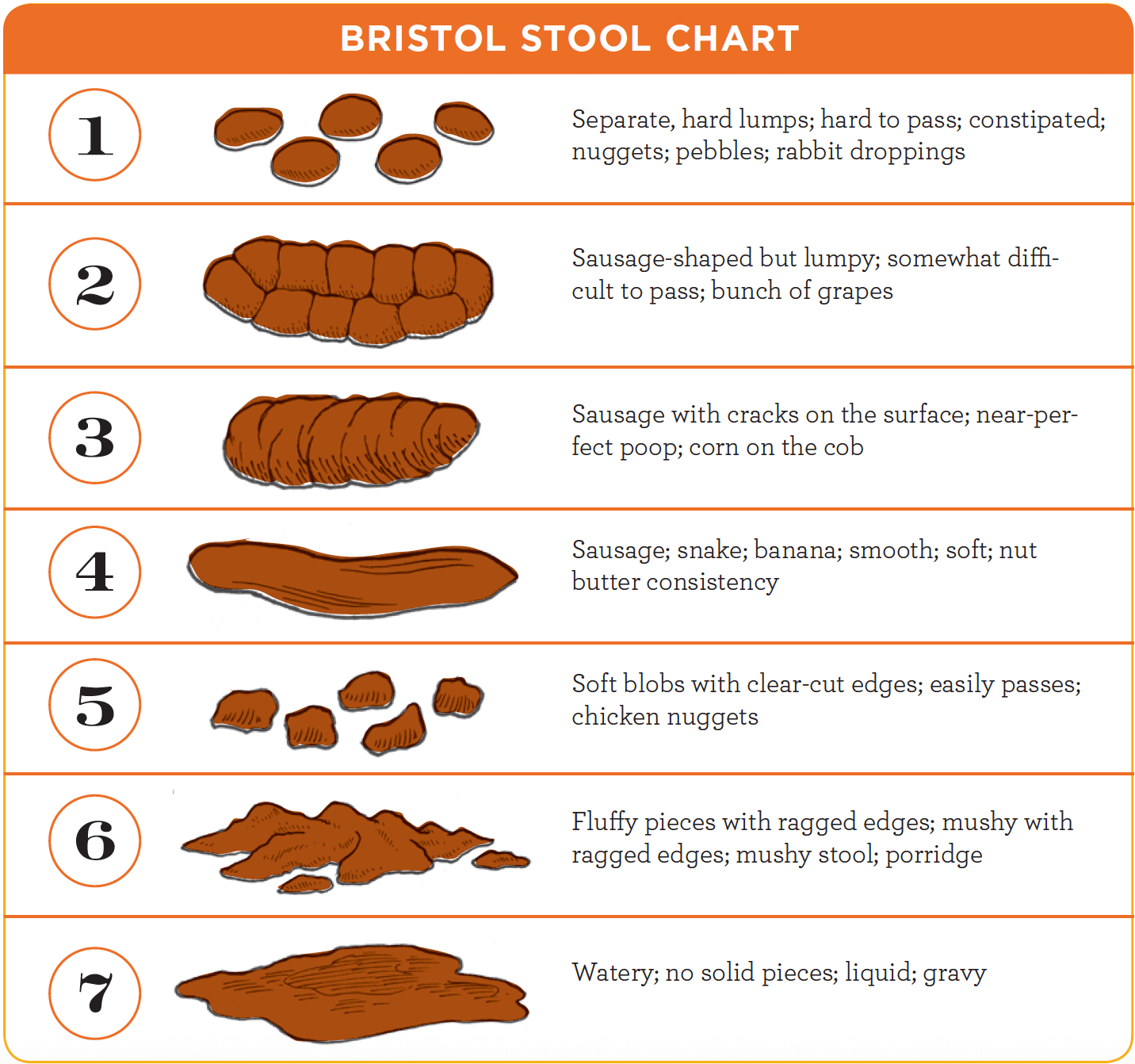 Let’s talk about poop! Yep, I said it—poop. Everybody does it, but nobody wants to talk about it. Recently, I heard a mom (who also happens to be a doctor) share how she’s normalized poop talk in her house. When her kids go to the bathroom, she asks them about it. Why? Because it gives her clues on how their bodies are doing and what they might need to feel their best.
Let’s talk about poop! Yep, I said it—poop. Everybody does it, but nobody wants to talk about it. Recently, I heard a mom (who also happens to be a doctor) share how she’s normalized poop talk in her house. When her kids go to the bathroom, she asks them about it. Why? Because it gives her clues on how their bodies are doing and what they might need to feel their best.Let’s start with the basics:
Normal stool size: It should ideally be a few inches long—ideally between 4 and 8 inches. Think smooth, soft, and easy to pass. If you’re pooping out little balls or chunks, that’s not ideal.
Sinking poop: If your poop sinks like a rock, you might not be drinking enough water or eating enough fiber. Dehydration and lack of fiber can make things darker and denser, too.
Floating poop: An occasional floater isn’t a big deal—usually just extra gas from carbonated drinks, beans, or sugary foods. But if it’s happening often, it could point to a GI issue like IBS. If you’ve got other symptoms, check in with your doctor.
Pebble poop: Little pellet-like poops are a clear sign of constipation. It’s often diet or activity related but can also tie to hormones as we age. Up your water and fiber intake, and it should help.
Loose stool: Occasional loose stools or diarrhea are normal and often linked to something you ate or a virus. But if it’s happening all the time, sugar could be the culprit. Too much sugar (or sugary drinks like soda) can cause trouble, so try cutting back and see if it helps.
So today, here’s your homework: take a look at your  . Yep, really. Check the texture and whether it sinks or floats. Tomorrow, we’re diving into the rainbow of poop colors. You’re excited, right?
. Yep, really. Check the texture and whether it sinks or floats. Tomorrow, we’re diving into the rainbow of poop colors. You’re excited, right?


0 Comments